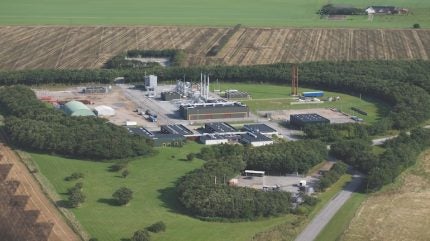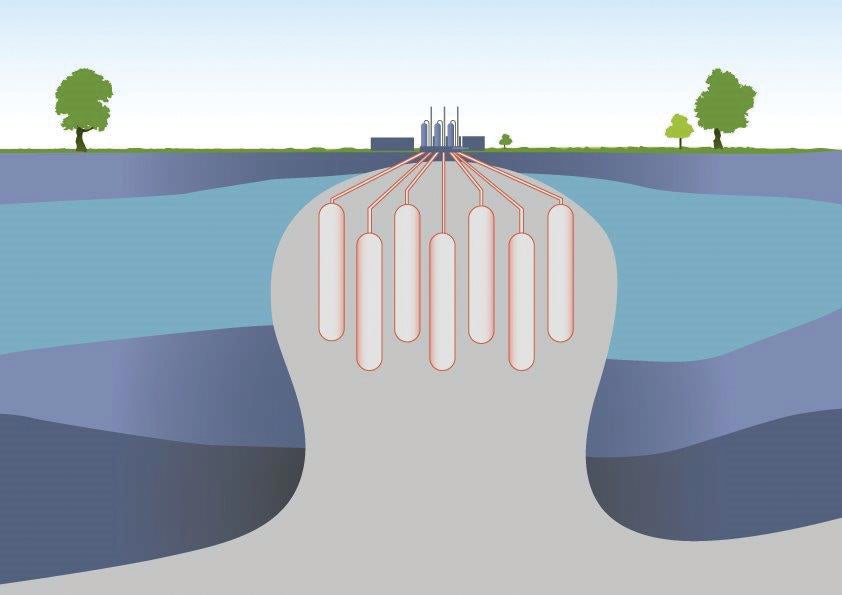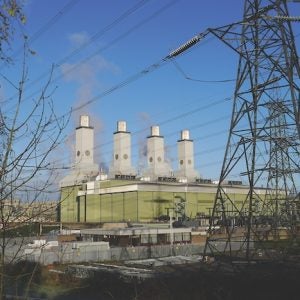
This collaboration, say the partners, aims to support the energy transition by leveraging Gas Storage Denmark’s expertise in underground gas storage and Nobian Dansk Salt’s extensive experience in salt cavern development.
In particular, the collaboration between Gas Storage Denmark and Nobian Dansk Salt A/S will explore partnership opportunities in hydrogen storage.
The initiative aims to enhance Denmark’s energy infrastructure and support the transition to renewable energy, the partners assert.
Gas Storage Denmark, a subsidiary of Energinet, has over 30 years of experience in high-pressure underground gas storage. Dansk Salt, with over 60 years of expertise in salt production and extensive experience in constructing and operating salt caverns in Denmark, is part of Nobian, which “brings additional expertise in energy storage solutions.”
Gas Storage Denmark’s CEO, Martin Christensen said: “In a future green energy system, where a significantly larger share of production will come from variable sources like wind and solar, the challenge of balancing the energy system will intensify. Green hydrogen produced from renewable sources, along with hydrogen storage, is anticipated to play a critical and decisive role. Not only in ensuring a steady supply of green fuels but also in maintaining a constant balance between electricity production and consumption. Gas Storage Denmark has decades of experience in energy storage, and together with Nobian Dansk Salt, we will explore new opportunities to support the green transition.”
Gas Storage Denmark owns and operates Denmark’s two underground gas storage facilities, located in Lille Torup and Stenlille. As regulated critical infrastructure, these facilities have been operated safely and commercially for over 30 years, notes GSD, and “drawing on our extensive experience as a storage operator, we are committed to supporting the green transition of the energy system while upholding a high standard of supply security.”
Since 2018, hydrogen has been integral to GSD’s long-term business strategy as it firmly believes that large-scale underground hydrogen storage has a vital role in the future energy system and in the fast deployment of more renewable energy. Underground storage will be important not only for the flexible use of hydrogen, but also as part of the close co-ordination needed between supply and demand and in potentially reducing electricity grid peak demand.
Investing in hydrogen “entails a lot of risk”, but GSD says it is willing to shoulder its share of the risk along with other market participants as it believes that storage should be the first step in establishing a hydrogen infrastructure. The market and GSD will need to work together to find ways to mitigate risks, eg, via long term contracts and the commitment of market participants to capacity bookings
Gas Storage Denmark is working on plans to convert two of the caverns at Lille Torup to hydrogen storage and one cavern to compressed air storage, with the hope of having the first cavern in operation by 2030.
For Gas Storage Denmark, “lack of storage capacity must not become the bottleneck for the actors in the future energy market.”
The seven caverns at Lille Torup are situated in a roughly cylindrical salt dome at between 950 and 1400 meters below ground level. Each cavern is approx. 300 meters high.

There are a number of advantages to be derived from storing hydrogen in salt caverns at Lille Torup, GSD says:
- Safety: because of the tightness of the salt cavern, it enables safe hydrogen storage in large quantities under pressure.
- Speed: repurposing a salt cavern requires relatively small adjustments to the wells along with some new compressors on the surface. Repurposing therefore has a much shorter lead time compared to leaching new caverns.
- Response to market needs: salt caverns can quickly respond to the needs of the hydrogen market via injection and withdrawal cycles during the year.
- Kick-start for the hydrogen market: underground hydrogen storage enables system-level optimisation of electrolysis and the renewable energy sources providing the power, which contributes to facilitating the emergence of a hydrogen market.
- Strategic position: located in North Jutland, Lille Torup is located close to existing and planned infrastructure, which allows it to be included in a pan-European hydrogen infrastructure. As of 2023, the development of hydrogen storage at Lille Torup has been included on the EU list of important infrastructure projects – Projects of Common Interest.
With its position in Denmark, less than 100 km from the west coast, with enormous amounts of wind power, the Lille Torup storage facility has the potential to become a key player in the energy transition.






